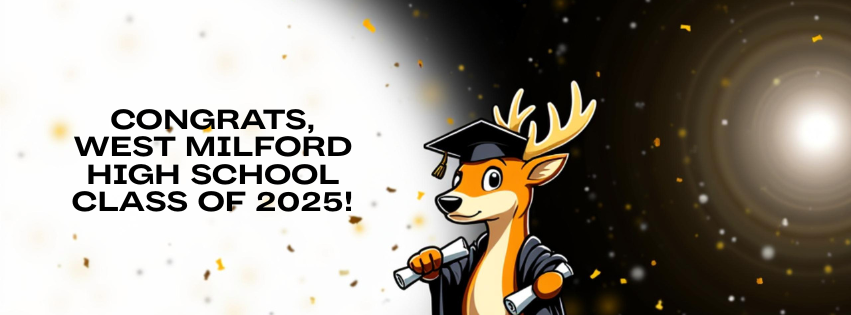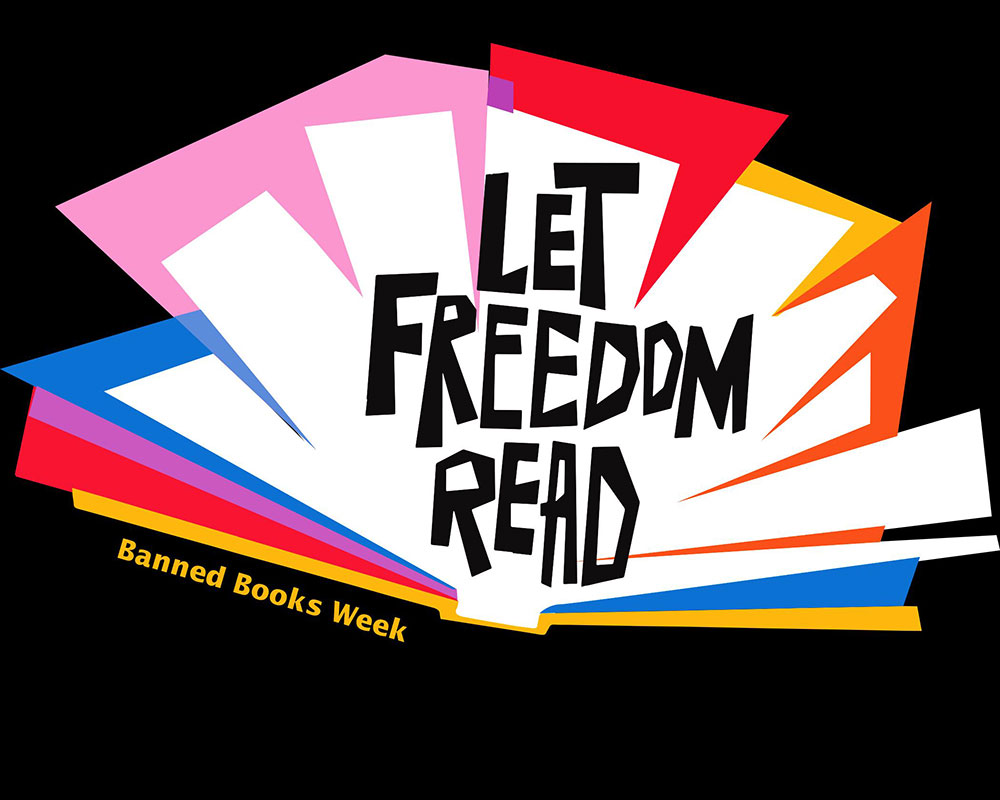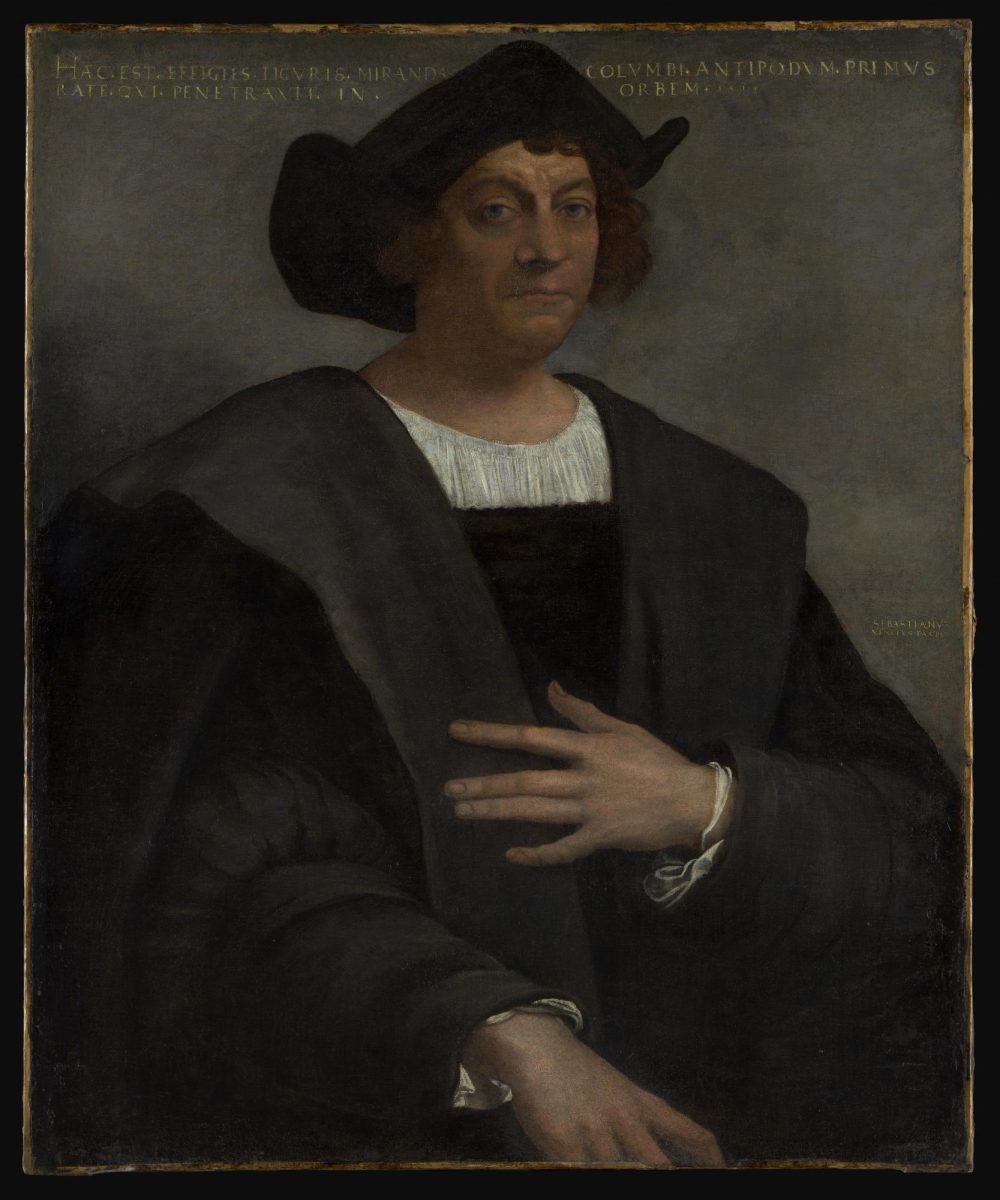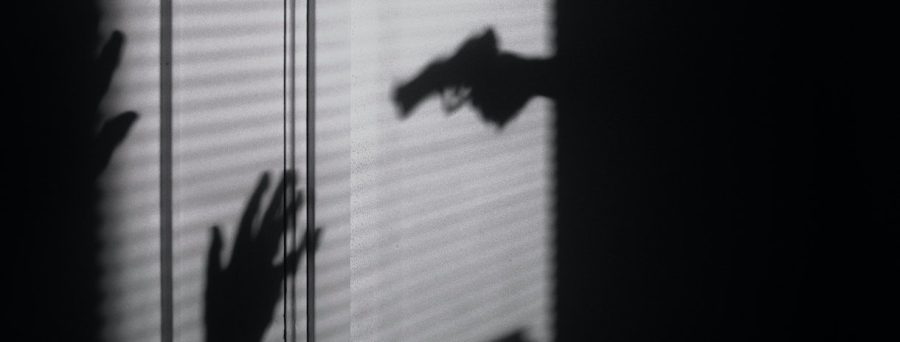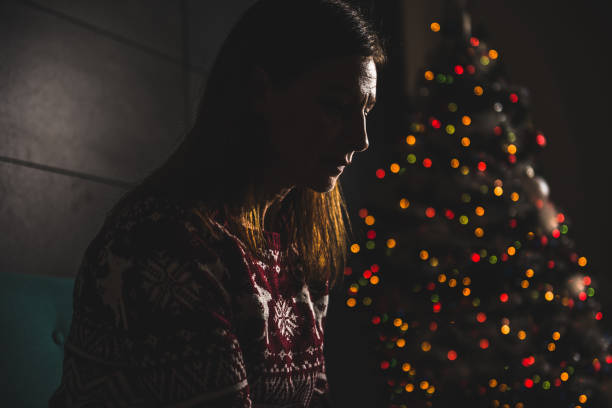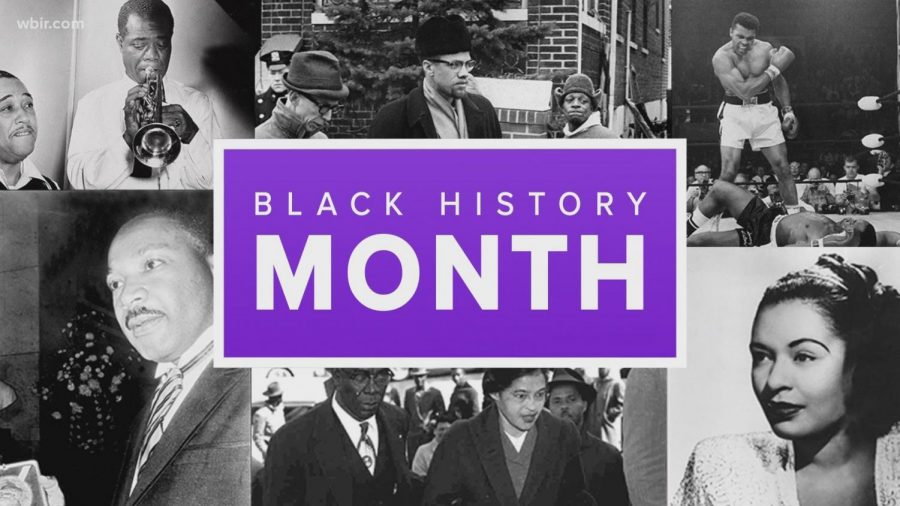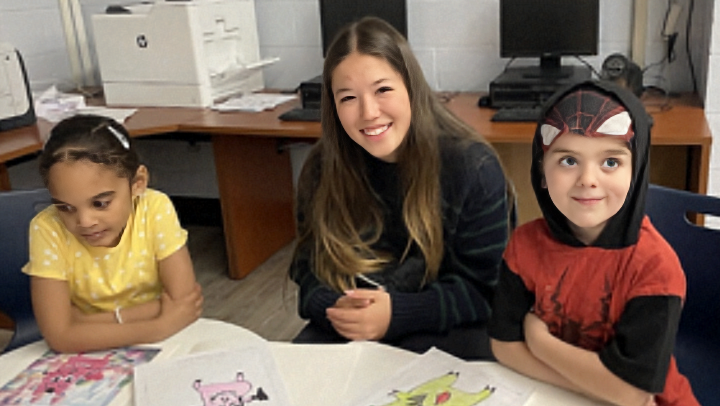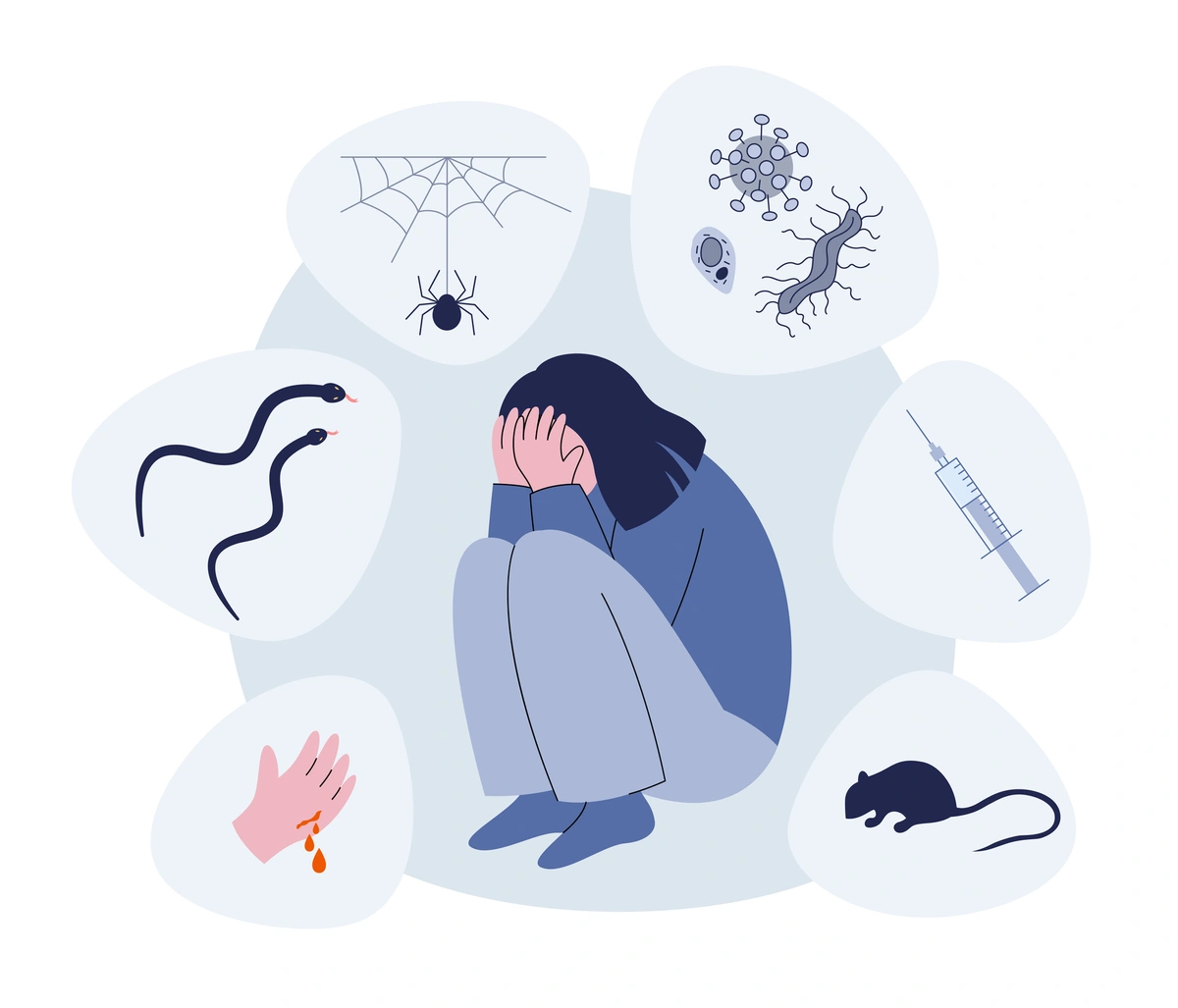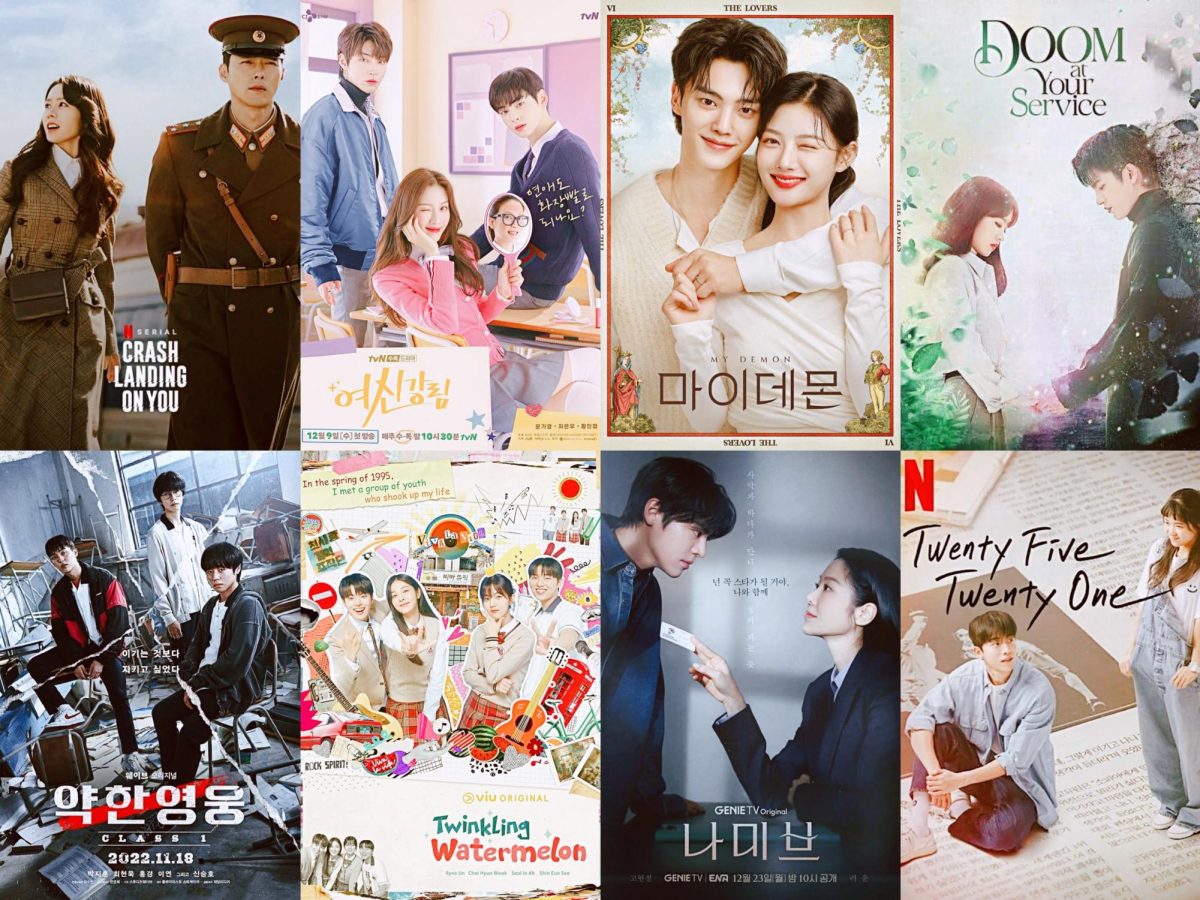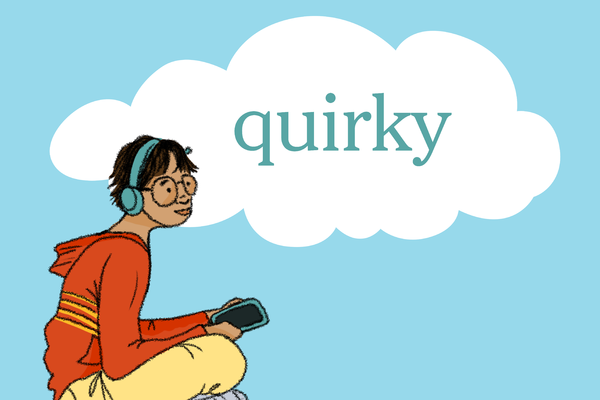Books are notorious for providing knowledge and entertainment to their readers, but some have also been known to touch on more sensitive topics. Like the famous “To Kill A Mockingbird” by Harper Lee, many of those books have been banned from several schools and even several countries. For example, Harper Lee’s book was banned for its strong language and mention of rape. But, in 1982, with the help of Judith Krug (Amnesty International USA:https://www.amnestyusa.org), Banned Book Week was born. During this week, which runs from October 1 through October 7, book lovers everywhere will be allowed to read these banned books. Though this has stirred many debates and controversy about how this could be dangerous for teachers and librarians, Banned Book Week is perfect for adventurous readers to explore this forbidden world in literature.
Banned Book Week began with the sole purpose of “bring[ing] banned books “to the attention of the American public” after a “slew of books” had been banned that year” (Amnesty International USA). Judith Krug was an activist supporting freedom of speech. She started this week because so many books were being challenged by schools and libraries all over the nation. Banning books suppresses Americans’ First Amendment right to freedom of speech, therefore Banned Book Week would liberate those buried stories for those who hunger for a literary adventure. Besides “To Kill a Mockingbird”, more banned books include: “The Bluest Eye” by Toni Morrison (includes a rape scene), “The Catcher in the Rye” by J.D. Salinger (banned for: language, sexual scenes, “moral issues”, violence, mentions of the occult), “The Giver” by Louis Lowry (contains euthanasia, suicide, infanticide, and suggestive sexual content), “1984” by George Orwell (banned for obscenity, supposedly pro-communist messages, and sexual content), ”Of Mice and Men” by John Steinbeck (contains racial slurs/vulgar language, racism, and euthanasia), and so many more! Banned books deserve to be seen and read.
